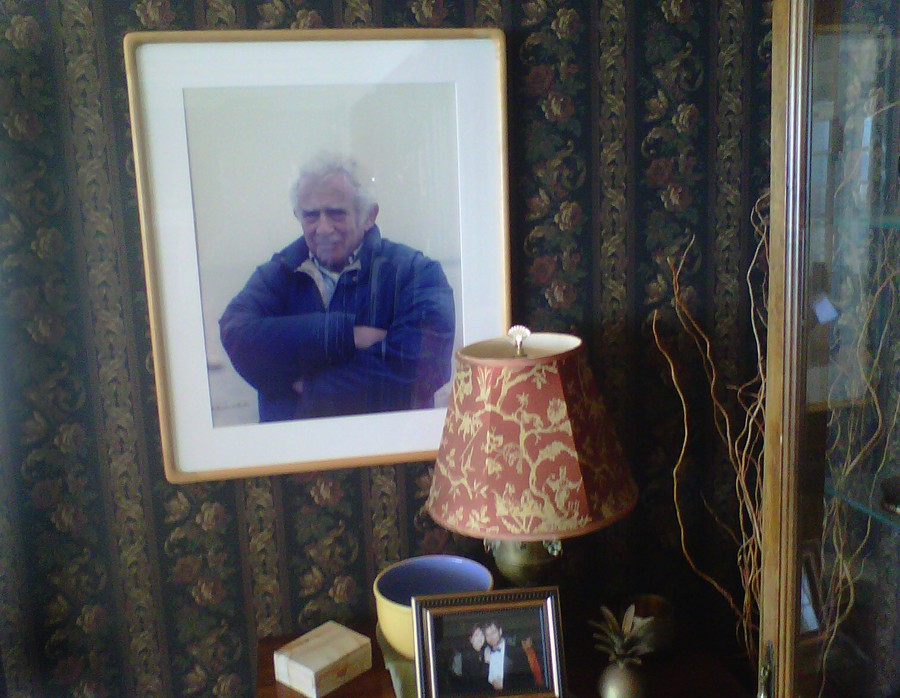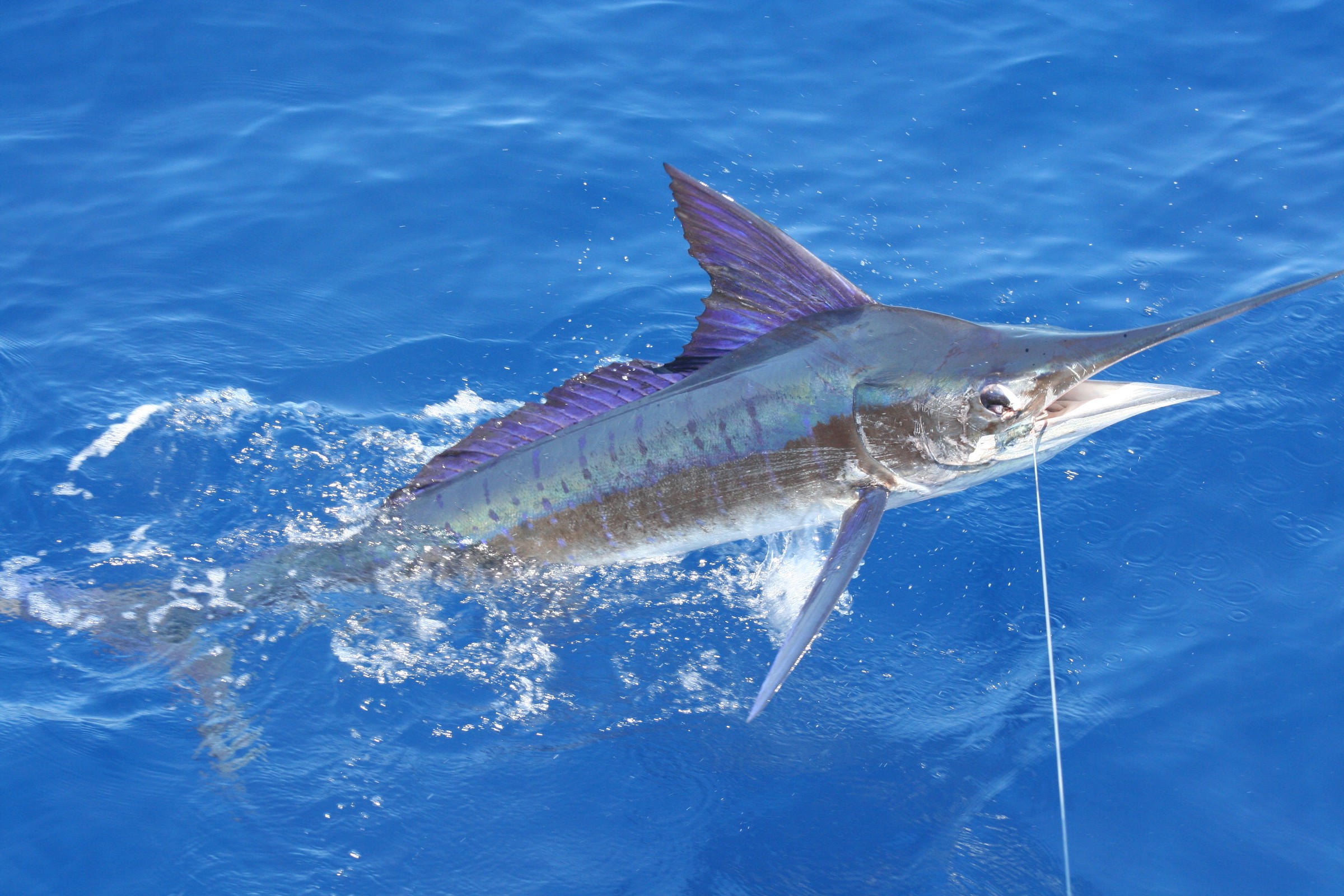news
The Violent Muse

“I say, violence is necessary. Violence is a part of America’s culture. It is as American as cherry pie.” — H. Rap Brown
Violence is the muse of the American imagination.
More than any other human impulse, more than wonder at the beauty of nature, love of God, fellow-feeling, nationalism, or romantic love, violence has inspired Americans to create new artistic genres, modes, styles: the Western. The Mobster Epic. Outlaw Country. Slam Dancing. Superhero Comics. Pulp Fiction. Gangsta Rap.
Look at our movies. It’s impossible to talk about American movies without examining the central role of violence in their development. The first feature-length movie produced in this country was a shoot-em-up Western called The Great Train Robbery. What’s characteristic about this movie is not its violent subject, but its most famous shot. It’s described by the Edison Film Company, which released the film in 1903, as “A life size picture of Barnes, leader of the outlaw band, taking aim and firing point blank at each individual in the audience. The resulting excitement is great. This section of the scene can be used either to begin the subject or to end it, as the operator may choose.”
Already, at the birth of the movies, cinematic violence was something detachable, free-floating, an end in itself. Scorsese pays tribute to this famous shot at the end of The Departed when Mark Walberg’s cop character fires at the camera. Coppola unconsciously echoed it in the theatrical print of Apocalypse Now, which begins and ends with the napalming of the Vietnamese jungle, an eerily beautiful conflagration only tenuously related to the narrative.
Since the release of The Great Train Robbery, American directors have done violence better than any other directors. Ford, the master of death on horseback. Peckinpah, with his slow-motion lethal ballets. Penn, whose Bonnie and Clyde ushered in a new era of heightened movie violence. Scorsese. Tarantino, who in Kill Bill uses arterial spray the way Jackson Pollock used paint.
Film critics, like Pauline Kael, who employ phrases like ‘violent lyricism’ to describe what these directors do, are on the money. Like a lyric poem, violence in movies stops narrative time. The notorious scene in Scorsese’ Raging Bull, in which Jake La Motta destroys the face of a boxer fancied by Motta’s wife, is so gruesome that it annihilates everything that comes before and after. And like most violent scenes in Scorsese (think of the death of Joe Pesci’s character in Casino, for which Scorsese has gone to the trouble of getting the sound of aluminum baseball bats on bone just right), it’s executed with such loving care–slowed down, enhanced by the use of extreme close up–that we can only conclude that the director considers violence a subject of inexhaustible beauty and fascination, as the Hakuru poets viewed the cherry blossom.
There are many critics, especially European ones like Umberto Eco, who believe that genre fiction is our most significant contribution to world literature: the crime thriller, the mystery novel, the police procedural, the serial killer novel: each of these has violence at its core.
Periodically, a writer of genius will reinvent one of these genres, or slice and dice a few of them. James Ellroy took Mickey Spillane’s hard-boiled prose, mid-century scandal rag boilerplate, hipster jive, and a deeply cinematic compression, and turned this hybrid style upon the secret history of the American Century. In American Tabloid, he describes the botched Bay of Pigs invasion from the viewpoint of a participant in a low-flying plane:
They saw a supply ship snagged on a reef. They saw dead men flopping out of a hole in the hull. They saw sharks bobbing at body parts twenty yards offshore.
They saw beached landing craft. They saw live men crawling over dead men. They saw a hundred-yard stretch of bodies in bright-red shallow water.
The invaders kept coming, Flamethrowers nailed them the second they hit the wave break. They got flash-fried and boiled alive.

There is a whole school of writers who have thought of themselves as pugilists. Hemingway, who, with Poe, must be at the center of any discussion of violence in American literature, celebrated in Spain’s bullfighting the expression of a deeply American belief, the belief in the redemptive power of ritualized violence. He famously remarked, “I’ve fought two draws with Mr. Stendhal, and I think I had an edge in the last one. But nobody’s going to get me in any ring with Mr. Tolstoy unless I’m crazy or I keep getting better.” Norman Mailer with his cocktail party dustups, friendship with Ali, and advocacy of the therapeutic power of violence. Pete Dexter, who writes about death in the ring and poses for his book jacket photo with his broken nose, a speed bag hanging in the background.
James Wright, probably our best postwar poet, saw our belief in redemptive violence with far more ambivalence; in his heartbreaking ‘Autumn Begins in Martins Ferry, Ohio’ he described the tragic way this belief is acted out on our high school football fields:
In the Shreve High football stadium,
I think of Polacks nursing long beers in Tiltonsville,
And gray faces of Negroes in the blast furnace at Benwood,
And the ruptured night watchman of Wheeling Steel,
Dreaming of heroes.
All the proud fathers are ashamed to go home.
Their women cluck like starved pullets,
Dying for love.
Therefore,
Their sons grow suicidally beautiful
At the beginning of October,
And gallop terribly against each other’s bodies.
And there are less obvious examples from other arts. Jackson Pollock, whom Life magazine called ‘Jack the Dripper,’ and who enacted on canvas the violent rituals of his life. Miles Davis, who aspired to ‘play like [Sugar Ray] Robinson boxed.” And Davis could play like a boxer: percussively, alternating long periods of stalking silence with short explosive riffs, setting up a counter rhythm to frustrate his opponent’s expectations (more than any artist, Miles saw the audience as the antagonist). Large swaths of hip hop mash up a series of American archetypes: Gunslinger, mobster, juvenile delinquent, urban revolutionary–the gangsta rapper is a little bit of all of these.
Where does this obsession with violence in country originate? In his All God’s Children, Fox Butterfield, like most historians of violence, mentions the persistence of the frontier mentality in our national consciousness. But others trace our fascination back to our Puritan roots. In an interview, Rikki Ducornet, whose novel, The Fanmaker’s Inquisition, is a fantasia on the Marquis de Sade, was asked why our culture, with its obsession with ritualized torture, sexual violence, and brilliant serial killers like Hannibal Lecter, was so Sadean, she replied: “The obsession with the body, which is really a hatred of the body, is a legacy of our Puritan ancestors…the belief in man’s innate badness is always a problem in Christian cultures.”
Rap Brown, who as Jamil Al-Amin, was sentenced several years ago to life in prison for the murder of one deputy and the attempted murder of another, is best remembered as a political figure. As an agitprop sloganeer, he popularized the catchphrase ‘Burn, baby, burn” that punctuated the inner-city riots of the 60s, and coined the phrase that began this essay. It is often misquoted as “Violence is American as apple pie.” This misses the uncomfortably sexual connotation of his phrase. ‘Cherry pie’ was, and is, a sexualized term, especially for a young, available woman. So, Brown’s insinuation that violence is as American as cherry pie has a double meaning, one that hints at a disturbing impulse that is at the heart of this country’s history.
As James Ellroy, writes in the preface to American Tabloid: “America was never innocent. We popped our cherry on the boat over and looked back with no regrets.”
* * *
John Broening’s Column Note.
— John Broening is a chef and writer based in Denver, Colorado. His work has appeared in the Baltimore Sun, the Baltimore City Paper, Gastronomica, Edible Front Range, and the Denver Post, for whom he writes a weekly column about food.









